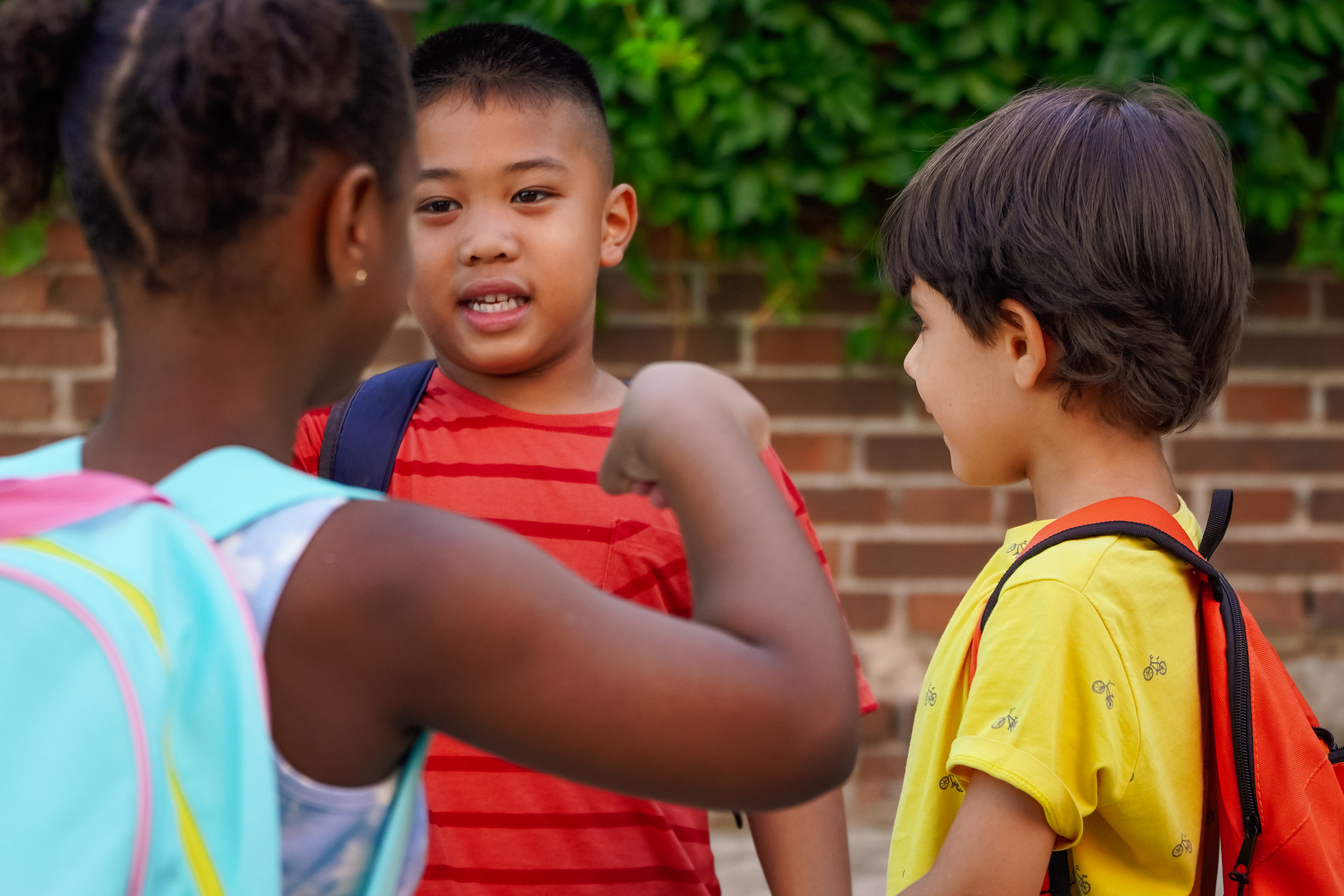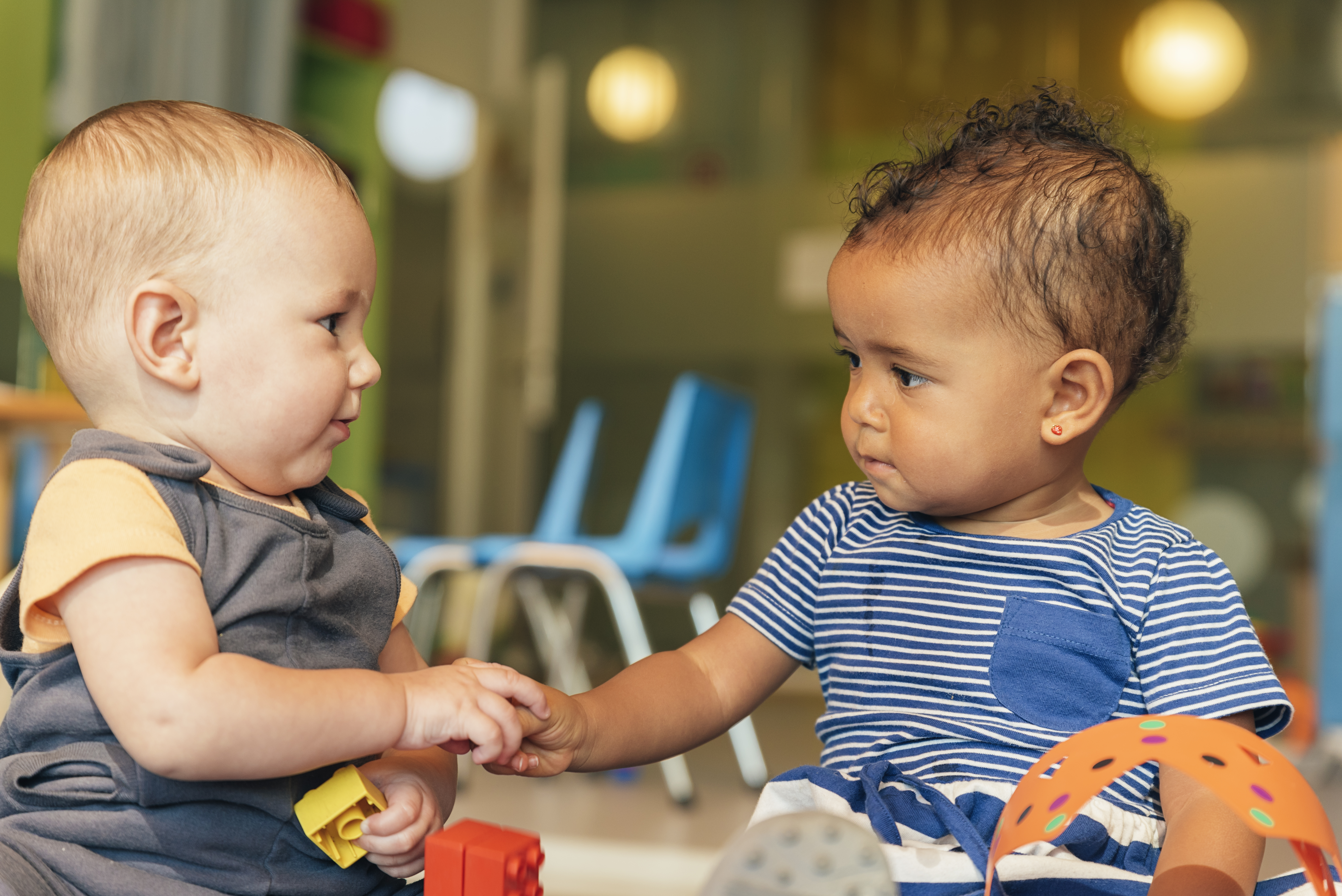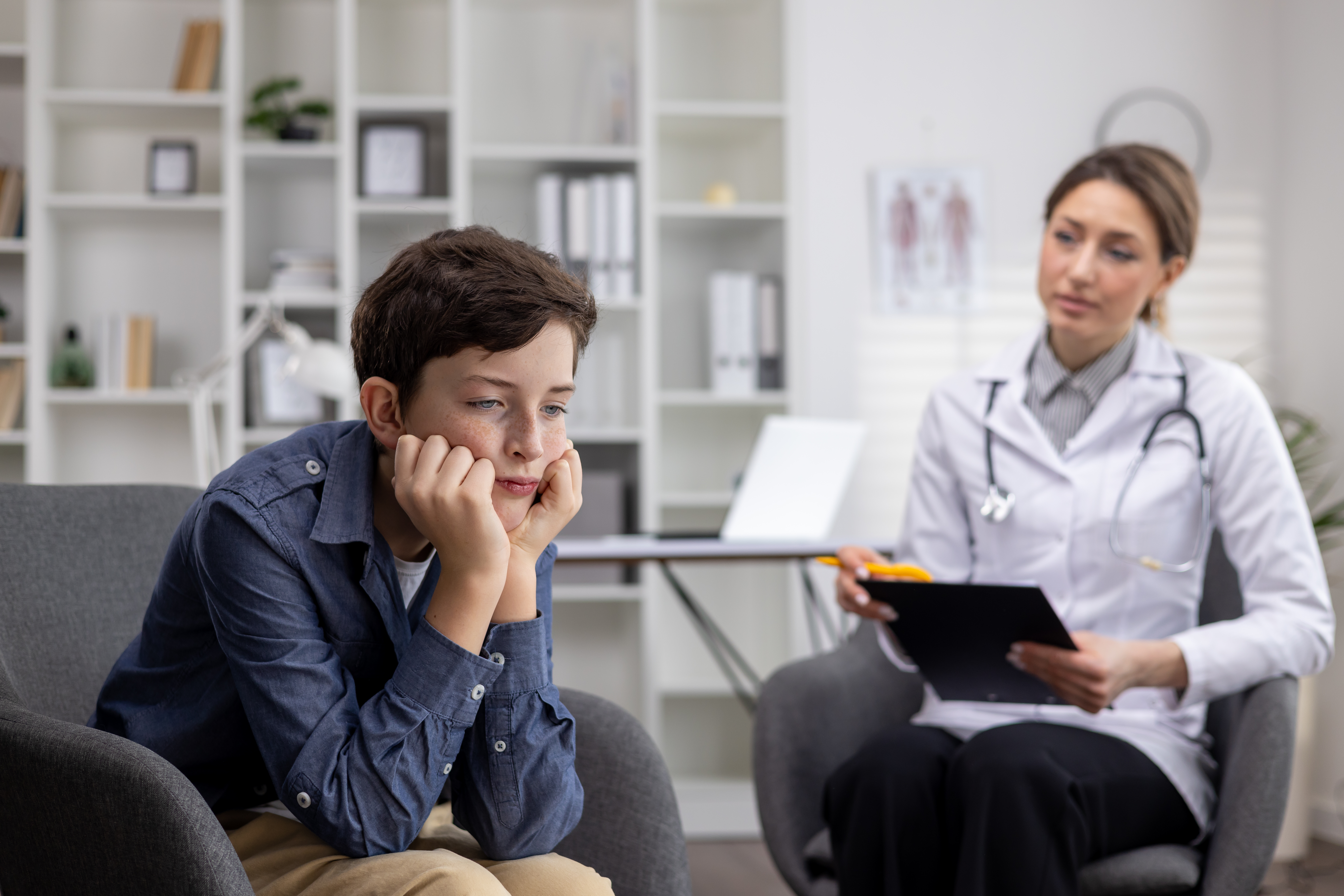
Bullying has become a major concern for parents in the 2020s, with cyberbullying, social exclusion, and school bullying affecting children of all ages. Parents often ask:
- How do I know if my child is being bullied?
- What’s the best way to help without making things worse?
- What if my child is the one bullying others?
Bullying isn’t just about physical aggression—it can also take the form of verbal abuse, online harassment, and emotional manipulation. With the rise of social media, bullying has expanded beyond the schoolyard into children's digital lives, making it even harder for parents to detect and intervene.
This guide provides a detailed approach to recognizing the signs of bullying, helping your child navigate the situation, and addressing concerns if your child is the one exhibiting bullying behavior.
Understanding Bullying: What It Is and Why It Happens
Bullying is intentional, repeated behavior aimed at causing harm, distress, or intimidation. It can take different forms:
Physical Bullying
- Hitting, pushing, tripping
- Stealing or damaging belongings
- Intimidation through physical force
Verbal Bullying
- Name-calling, insults, or teasing
- Spreading rumors or false stories
- Threatening harm
Social/Relational Bullying
- Excluding someone from a group on purpose
- Public humiliation or manipulation
- Turning friends against a child
Cyberbullying
- Harassing or humiliating someone online
- Sending threatening messages via text or social media
- Sharing private information without consent
Bullying can have severe emotional and psychological effects, including low self-esteem, anxiety, depression, and even suicidal thoughts. This is why early intervention is critical.
How to Know if Your Child Is Being Bullied
Children often don’t tell their parents when they’re being bullied due to fear, embarrassment, or thinking adults won’t help. Instead, they may show signs of distress, including:
Behavioral Signs:
- Sudden withdrawal from social activities
- Avoiding school or making frequent excuses to stay home
- Loss of interest in hobbies
- Unexplained sadness, anxiety, or mood swings
Physical Signs:
- Frequent stomachaches or headaches with no medical explanation
- Unexplained bruises, cuts, or missing belongings
- Difficulty sleeping or nightmares
Academic Signs:
- Sudden drop in grades
- Complaints about concentration difficulties
- Refusal to participate in class activities
Online and Social Signs:
- Avoiding social media or turning off notifications suddenly
- Increased secrecy about phone use
- Changes in online behavior (e.g., deleting accounts, blocking people)
If you notice these signs, it’s important to start a conversation without pushing your child to talk before they’re ready.
How to Help a Child Who Is Being Bullied
Create a Safe Space for Conversation
Rather than directly asking, “Are you being bullied?”, try asking open-ended questions:
- “I’ve noticed you seem upset after school. Is there anything on your mind?”
- “How are things going with your friends?”
- “Have you ever seen kids at school being treated unfairly?”
If your child is being bullied, respond with calm and support, avoiding overreacting or immediately stepping in without their input.
Validate Their Feelings
- Avoid: “Just ignore it.”
- Say: “That sounds really hurtful. I’m here to support you, and we’ll figure this out together.”
Work on Coping Strategies Together
Help your child develop responses, such as:
- Using humor or confidence: “I’m not interested in what you think.”
- Avoiding bullies when possible: Sticking with trusted friends.
- Reporting the behavior to a trusted teacher or school counselor.
Involve the School Early
If the bullying continues:
- Document incidents (date, time, what happened, witnesses).
- Request a private meeting with school staff to discuss intervention plans.
- If necessary, escalate concerns to district administrators or legal authorities if threats or physical harm occur.
Teach Digital Boundaries to Prevent Cyberbullying
If bullying is happening online:
- Block and report bullies.
- Encourage open social media use—parents should regularly check in but avoid over-policing.
- Consider therapy if online harassment has severely impacted mental health.
What If Your Child Is the Bully?
Discovering that your child is engaging in bullying behavior can be upsetting, but it’s crucial to address the issue calmly and constructively.
Avoid Immediate Punishment—Start with Understanding
Rather than jumping to strict consequences, start by asking questions:
- “Can you help me understand what happened?”
- “How do you think the other child felt when this happened?”
- “Did you feel pressure from friends to act this way?”
Explain the Consequences of Bullying
Children may not realize the long-term impact of their behavior. Explain that bullying can:
- Cause emotional distress in others.
- Lead to disciplinary actions at school.
- Damage their friendships and reputation.
Encourage Empathy and Accountability
- Role-play situations to help your child understand how their actions affect others.
- Have them write an apology letter or make amends in a meaningful way.
- Teach respectful communication to handle conflicts differently.
Monitor Online Behavior and Social Influences
- Check if peer pressure is encouraging bullying.
- Monitor their social media interactions to ensure they’re using online platforms responsibly.
Seek Professional Help if Necessary
If bullying behavior persists, it may stem from underlying emotional struggles, social insecurities, or past experiences with being bullied themselves. A therapist or school counselor can help.
How Parents Can Foster an Anti-Bullying Mindset
The best way to prevent bullying is raising children who are kind, confident, and emotionally intelligent. Here’s how:
Model Respectful Behavior at Home
Children learn from what they see. Ensure that:
- Family discussions are respectful and non-threatening.
- Conflict resolution is handled calmly and without aggression.
Teach Emotional Intelligence
- Encourage your child to recognize their own emotions and those of others.
- Discuss the difference between teasing vs. hurting someone’s feelings.
- Praise acts of kindness and inclusion.
Encourage Open Communication About Social Challenges
- Ask about friendships: “Who do you enjoy spending time with?”
- Talk about difficult situations: “How do you handle it when you see someone being treated unfairly?”
Empower Your Child to Be an Upstander, Not a Bystander
Encourage your child to:
- Speak up for others when safe to do so.
- Report bullying when they see it.
- Include and support isolated peers.
Bullying is a serious issue that can have long-term emotional effects on children, whether they are victims or perpetrators. By recognizing the signs early, maintaining open communication, and taking proactive steps, parents can help their children navigate difficult social situations safely and with confidence.
If your child is being bullied—or is struggling with their own behavior—early intervention is key. Whether it’s through school support, professional guidance, or open family discussions, every child deserves a safe and respectful environmentto grow and thrive.
References
- Centers for Disease Control and Prevention (CDC). (2023). Bullying and Its Effects on Child Development.
- National Institute of Mental Health (NIMH). (2022). Understanding Bullying and Mental Health in Adolescents.
- American Academy of Pediatrics (AAP). (2023). Guidelines on Preventing and Addressing Bullying in Schools.









